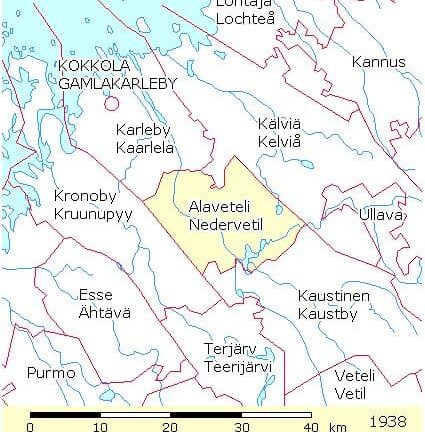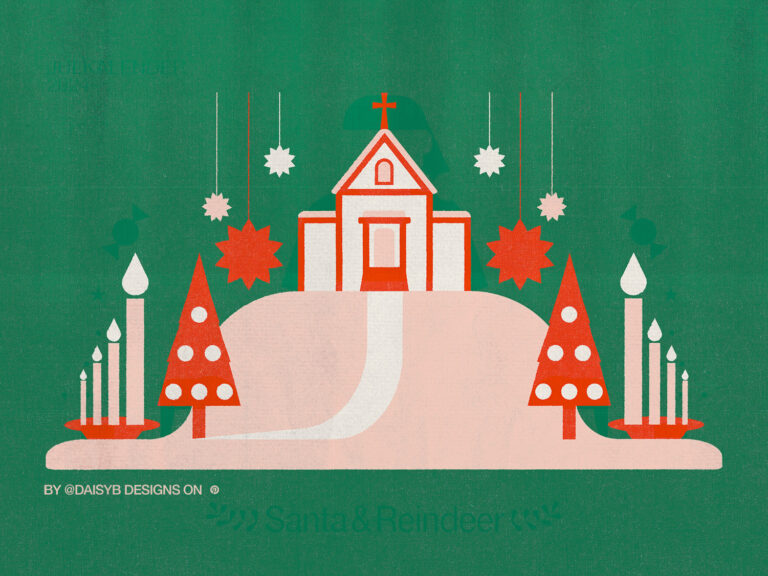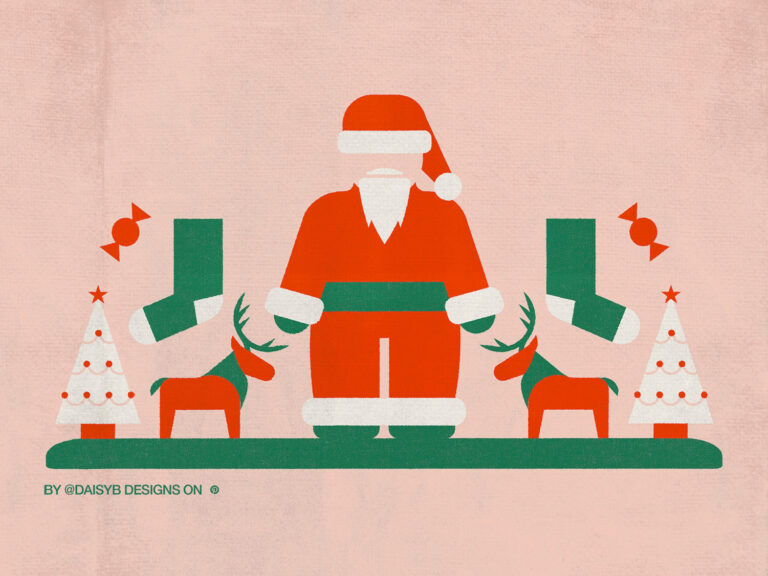From Österbottningen, 17 Oct 1959.
Sent by Birger Lindqvist of Gamlakarleby.
Translated by June Pelo.

Thirty-four-year old Fritiof Gustafsson of Pelo in Nedervetil drove at full speed into the pasture with the tractor. He came from the potato field where he had just plowed the last furrow close by the old grain shed. He was in a big hurry, for other obligations waited; a little while later he came out of the house, clad in business clothing, hopped in a truck in the yard and drove 160 kilometers to Vasa to an important business meeting. It meant delivering leather goods abroad. To change work daily or often is nothing unusual for Gustafssons of Pelo. In the first place, they are farmers. Fritiof Gustafsson is an eighth generation descendant of farmer Hindrich Olofsson Pelo, born 1657, and since then the homestead has been in the possession of his son, son’s son and on down the family line until today when brothers Hugo and Fride Gustafsson are owners of the homestead. According to one family table made up by former church pastor in Nedervetil, C. A. Vester, the list of the Pelo farmers looks like this:
- Hindrich Olofsson Pelo, born 1657, died 1740.
- Jacob Henriksson Pelo, born 1703, died 1777.
- Johan Jakobsson Pelo, born 1727, died 1797.
- Jakob Johansson Pelo, born 1762, died 1808.
- Johan Jakobsson Pelo, born 1803, died 1859.
- Jakob Johansson Pelo, born 1824, died 1897.
- Carl Gustaf Jakobsson Pelo, born 1852, died 1934.
The eighth generation is represented by the present day owners Hugo Gustafsson, born 1888, and his brother Fride Gustafsson, born 1893, married to Irene Nyqvist. The ninth generation is represented by son Fritiof and his young wife Maj-Lis; small girls Margareta and Gerd are now growing up as the tenth generation in the chain of relatives in Pelo.
Received Bible as Reward for Rescue
Johan Jakobsson, the younger or Lill-Juck, as he is called, once rescued a man. A float of logs had grounded in the rapid water during the spring flood. Many on shore watched a man struggle for life and saw him clinging to a stone out in the river. But no one dared go through the rough river with a boat – no one except Lill-Juck Pelo. For that feat he received an inscribed bible as a reward. This bible was inherited by one of his sons, who was a son-in-law at Tast through marriage. It is still kept by the Bång brothers. His son Jakob Johansson was married to Greta Michelsdotter Slotte. She was known to be very interested in horses and knew well how to judge them. She used to accompany her husband on long trips to trade with horses.
Sixty-Two Years as a Tanner…
Their son, Pelo-Kal-Gust, had many sons and the skin business in the family came from them. One of them, Karl-Johan, started a tannery sixty-two years ago on the river shore close to the homestead in a building that was previously a granary. He gradually got his brothers Axel, Hugo and Fride to help out. He wanted to go on to a bigger business, transferred the tannery to his brothers and moved to Gamlakarleby. Together with a few reliable Nedervetil residents, he started Ab. Hud-& Skin Company that later became one of the North’s greatest undertakings. His sons Sigurd and Wilhelm Gustafsson have continued in their father’s line and now run the furrier business in Kållby. The tannery in Pelo also grew – built on in various places and in 1945 located in its present building. Now working in the main tannery are 25 men, and out on farms in the neighborhood there are women who sit and sew gloves, leather coats and jackets. The technical guildance is managed by Fride Gustafsson, the business is led by the younger generation, cousins Fritiof and Heimer. When Gustafsson’s tannery was 60 years old in 1957, the business community awarded its gilded tokens of appreciation to the three brothers for 60, 55 and 50 years of activity. Since then the oldest brother in the firm died and his share was taken over by his sons.
… And 150-year-old Farm
Industry and businesses have not enticed the brothers Hugo and Fride from their father’s farm – they love it with all their hearts. Noteworthy is that the homestead has never been divided nor cut up, but continues just as large as it was in the homestead papers that are preserved. It comprises now of 0.0861 assessment units of land, 26 1/2 hectares of cultivated land – a large part of it new cultivation – and about equally as much forest, in all about 52 hectares. They keep 10 milk cows and 7 young cattle. There in the thickly foliaged greenery it lies in a close group to the old village community of Pelo. The date 1821 is carved on the old stone steps of a big square block, but tradition tells that the house is older. The rooms are now modern in this big and beautiful home; there is the special attraction of the kitchen and sitting room in one. The old corner oven is now a modern stove, rust-proof, with warm and cold water. On the polished linoleum floor there are designed mats of yarn in soft colors. Through windows of the buffet we see glimpses of silver and crystal and close by the radio sits a deep leather-clad easy chair and other comfortable chairs for daily use. Central heat comes from the tannery heating system.
The Old Things Highly Treasured
The farm’s hostess, Mrs. Irene, has found time to be active and a member of the community council. She has a large household to seat at the table – husband and unmarried brother-in-law Hugo, son Fritiof with his wife and small daughter; daughter Ulla-Brita, office employee in Gamlakarleby, and youngest son Kurt who is in the 7th class at trade school, ride the bus daily to the city.
Many beautiful things in the home give evidence of reverence for the old. Most treasured are two cupboards made by church artist and wood carver Johan Backman who lived in Nedervetil in the middle of the 1700’s and whose work – pulpits and altar pictures – adorns many of Österbotten’s churches from that time. One picture by him of Jesus curing a blind man, painted in 1760, was given to Nedervetil church by Johan Jakobsson Pelo. His children were christened by the first pastor of Nedervetil church, Anders Chydenius, and their names are inscribed in the church christening book.
Echoes of the bygone century still live in the farm’s granary where Fride Gustafsson plucks with pride one old object after another. There we find a crowned grain barrel from Hindrich Olofsson’s time, dated 1726. And old vat, “Roosta”, that was formerly used for brandy burning, bears the date 1769; it was hollowed out of a huge aspen log with the ends held together by heavy wide bands. On the dough tray also hollowed out of one piece of wood, we find Jakob Henriksson’s name and date of 1760. There is one thing that present-day people are puzzled by, but which the household people know well – dryftor, hemp barrel, “rejsvacka”, skylband with hanging wooden block, and on every object we find the maker’s identification mark.
In the hall over the first floor where the young couple have their room, Mrs. Irene plucked books from a row of old books. Among them the book of homilies and the New Testament from 1700 and 1800, also a book containing “Hofcancelleren, Doc. Nils Chesnocopheri, the story of National Parliament in Örebro 1610”, printed 1765 – it traces the influence of politics and man’s freedom that national economist Anders Chydenius related to his parishioners.
The web of the family history weaves wider at the old farm. Each generation has its own special feature of colorful interest but the basic color is always the same, tinted by the color of seed and harvest, work and rest.





